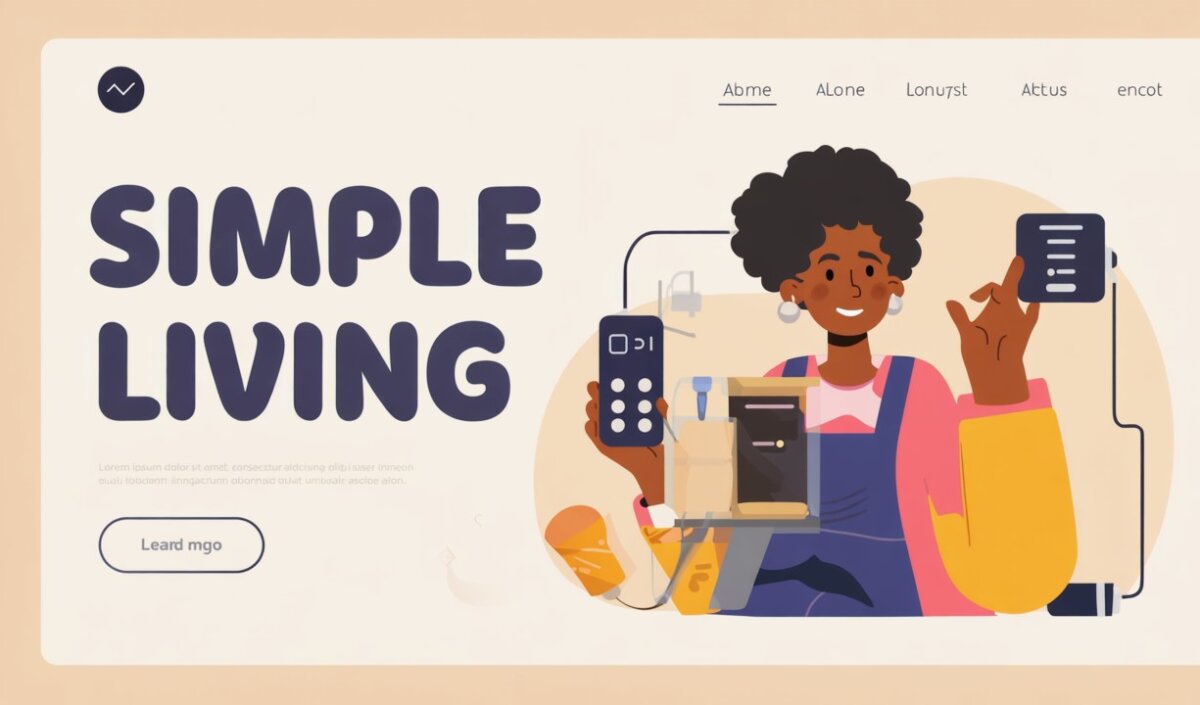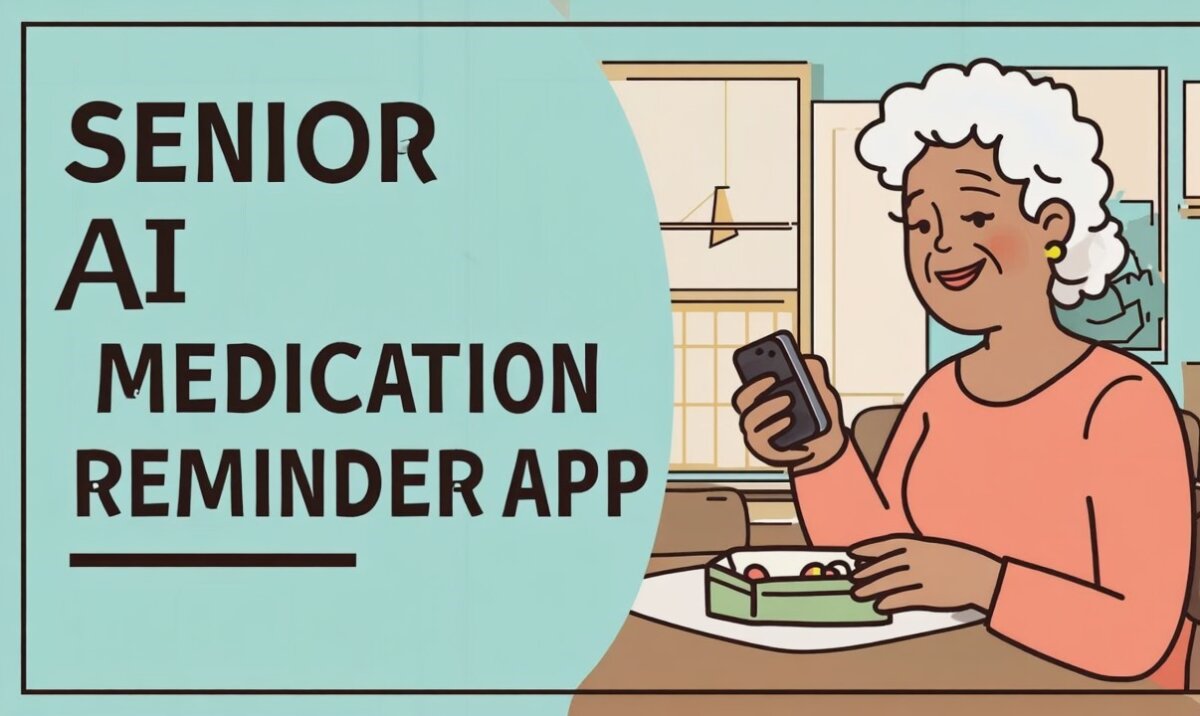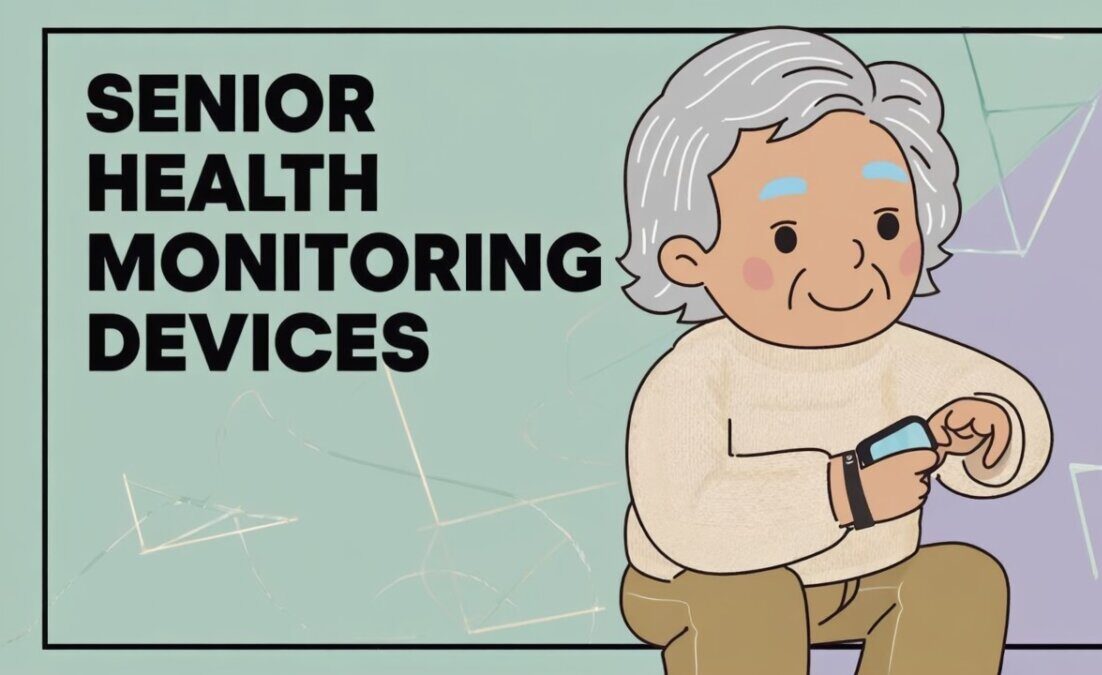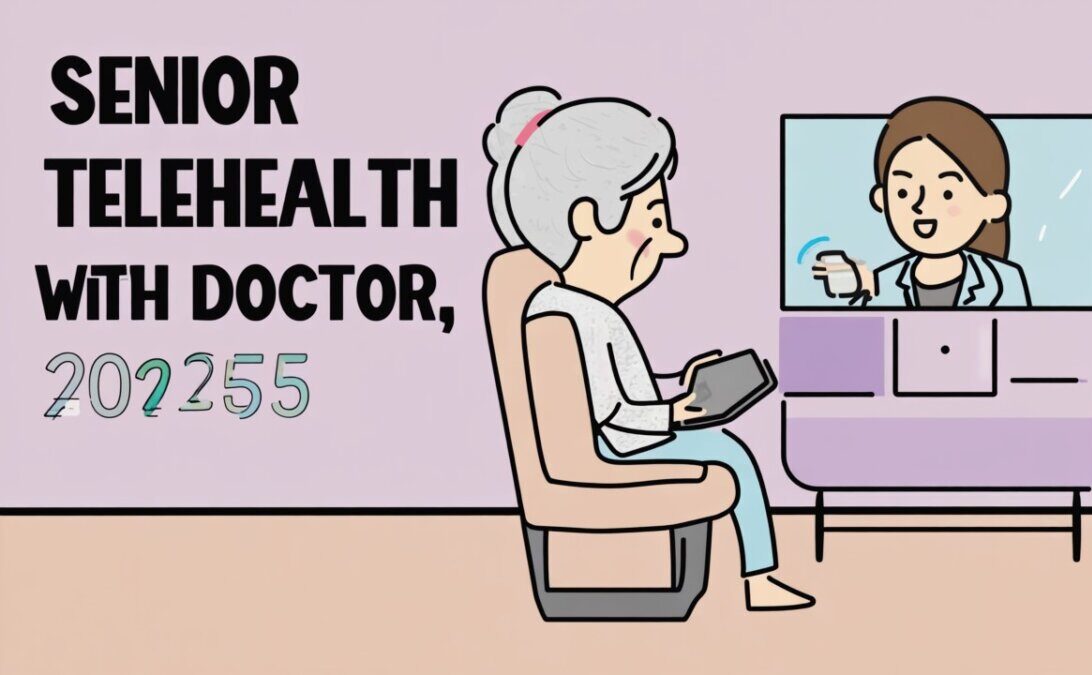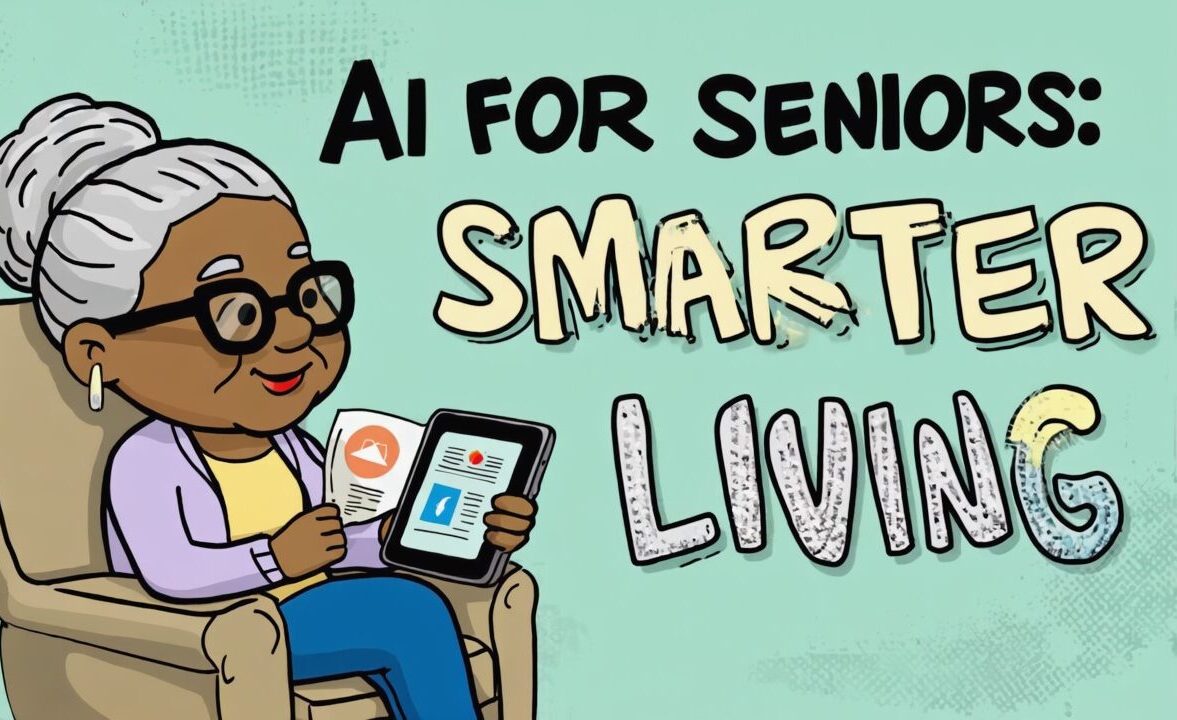Meta Description
Explore affordable gadgets that may simplify daily life for seniors. Easy, practical, and budget-friendly tools.
Summary Audio Script
“In 2025, affordable gadgets make life easier for seniors. From smart plugs to pill organizers, these tools help older adults live independently, safely, and comfortably—without breaking the budget.”
Getting Started
Daily routines can become more challenging with age, but technology offers practical solutions that don’t have to be expensive. Many affordable gadgets are designed with seniors in mind—featuring larger buttons, clear displays, and easy setup. These tools not only improve safety and convenience but also give older adults greater independence at home.
This guide explores affordable gadgets that simplify daily life for seniors in 2025. From smart home devices to health helpers, each recommendation is practical, budget-friendly, and widely available. Whether for personal use or as a thoughtful gift, these gadgets make everyday living easier and more enjoyable.
How We Chose
- Ease of Use — Clear instructions, simple interfaces, and low learning curves.
- Affordability — Budget-friendly solutions that don’t sacrifice quality.
- Practicality — Tools that solve everyday problems for seniors.
- Safety — Features that reduce risks, prevent accidents, or offer reminders.
- Availability — Products easily found online and in local stores.
Gadget 1 — Smart Plugs
Allow seniors to turn appliances on or off with a simple voice command or phone app, improving safety and convenience.
👉 Case Example: Helen, 72, uses smart plugs to automatically switch off her coffee maker after breakfast.
Gadget 2 — Large-Button Phones
Phones with oversized buttons and loud volume make communication simple and stress-free.
👉 Case Example: Robert, 76, enjoys calling family with his easy-to-use large-button phone.
Gadget 3 — Digital Pill Dispensers
Automated pillboxes beep or flash reminders, reducing the chance of missed doses.
👉 Case Example: Linda, 78, relies on her smart pill dispenser to stay on track with daily medications.
Gadget 4 — Motion-Sensor Night Lights
Affordable lights that turn on automatically in dark hallways and bathrooms help prevent falls.
👉 Case Example: James, 80, added night lights to his hallway, making nighttime walks safer.
Gadget 5 — Electric Jar & Can Openers
Battery-powered openers reduce strain on hands and wrists, perfect for seniors with arthritis.
👉 Case Example: Mary, 74, uses an electric jar opener, making cooking more enjoyable again.
Gadget 6 — Lightweight Vacuum Cleaners
Compact vacuums are easy to maneuver, helping seniors maintain clean homes without heavy lifting.
👉 Case Example: George, 79, uses his lightweight vacuum daily, keeping chores manageable.
Gadget 7 — Amplified Alarm Clocks
Clocks with extra-loud alarms and large displays ensure seniors never miss important appointments.
👉 Case Example: Alice, 70, uses her amplified clock to wake up on time for morning walks.
Bonus Tips
- Look for multi-purpose gadgets that combine features (e.g., alarm clocks with night lights).
- Involve family in setup to make gadgets easier to learn.
- Keep manuals handy in one place for quick reference.
Further Information
- AARP – Senior-friendly tech and daily living tools
🔗 https://www.aarp.org/technology/ - National Institute on Aging (NIA) – Aging in place resources
🔗 https://www.nia.nih.gov/ - Consumer Technology Association – Smart home and senior innovations
🔗 https://www.cta.tech/
FAQ
Q1: What is the most affordable gadget for seniors in 2025?
A1: Motion-sensor night lights are among the cheapest and most effective. They cost little but significantly reduce fall risks at home.
Q2: Are digital pill dispensers worth the cost?
A2: Yes. They help seniors stay on track with medication schedules, reducing missed doses and health risks. The investment pays off in safety and peace of mind.
Q3: How can seniors choose the right gadgets without being overwhelmed?
A3: Start with one or two simple gadgets that solve the most pressing needs. Gradual adoption helps seniors adjust comfortably to new tools.
Conclusion
Affordable gadgets in 2025 are transforming daily life for seniors. From safety-focused night lights to helpful pill dispensers, these tools offer independence without complexity or high costs.
Small devices can make a big difference, ensuring seniors stay safe, connected, and confident at home. By choosing simple, budget-friendly gadgets, older adults can continue living comfortably and enjoyably, supported by technology designed with their needs in mind.
Updated October 2025
